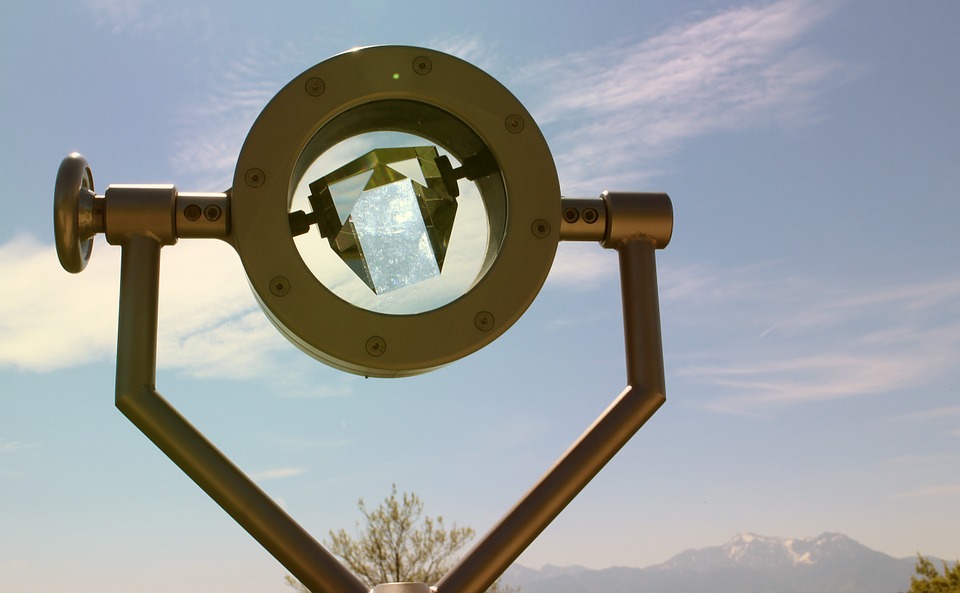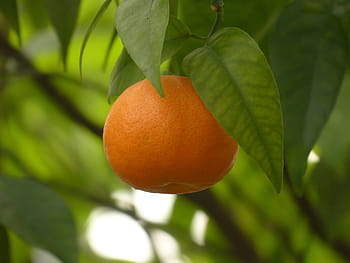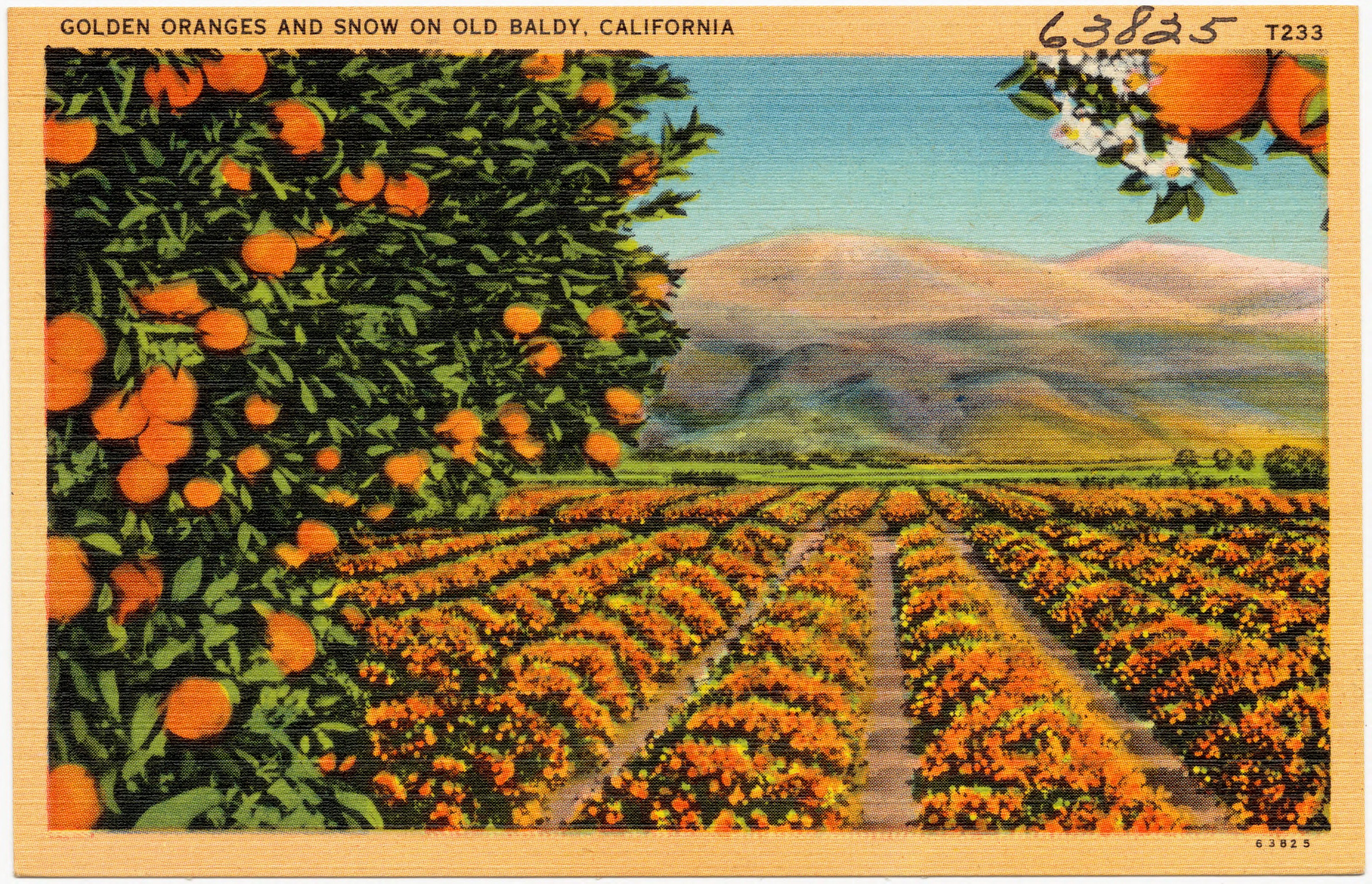Fun Food Podcasts and Everything You Didn't Know About the Color Orange
Do you listen to any food podcasts? Podcasts have certainly taken a huge leap in popularity over the last few years, whether that is with crime podcasts that keep you riveted hanging on a cliffhanger from episode to episode—or hobby podcasts, health and fitness podcasts, etc.

Since sewing is my number one hobby, there are a couple great sewing podcasts that I love listening to religiously. Just recently it occurred to me that I would probably love listening to food podcasts! I am an absolute foodie and think that it would be really fun to learn more about food and get really into depth with it..
I was Googling the top food podcasts and read several good lists. I started listening to a couple different ones but the one that I really loved and can see myself listening to way more of is a podcast called Gastropod. It is hosted by two women, Cynthia Graber and Nicola Twilley, where they go into great detail about the history and fun and interesting facts about one particular food each episode.
I have listened to several now but there was one that really was so interesting to me! This episode was partly about how much smell actually affects the taste of food. Did you know that 70 to 80% of what you taste is actually what you are smelling? That is why when you have a cold you cannot taste your food hardly at all. That is because your nose is all stuffed up and you can’t smell the food while you are eating it. Isn’t that crazy?
This episode also went into great detail about the color orange and I wanted to share a couple of the fun, interesting facts I learned about the color orange. Stay with me—it’s way cooler than it sounds :) For one thing, the color orange as we know it wasn’t given a name for a very long time. In old English literature, like William Shakespeare times, it is just referred to as the color that is somewhere between red and yellow. A compound word—yellow-red. So visually there was a sense of what the color orange was, but there was no name for it.

It wasn’t until the one and only Isaac Newton was looking at a prism of light and saw the rainbow colors and couldn’t decide how many colors there were in a rainbow. He said he could believe that there were five, maybe even 11. He determined that there must be seven since seven is such a religious number--for example, the creation of the world in seven days. He could visibly see that there were the colors red, yellow, green, blue, and violet, but he felt that I needed to come up with two more colors to make up seven total colors. This is where he declared the color orange, named after the fruit ‘orange’. The color and fruit had never been called the same thing before this point. Interestingly enough, he also created the color indigo, which is that bluish purple color. Before that time, indigo was only known as a bluish hue that was what died clothing blue. He is the creator of the color names of both orange and indigo.
And orange isn’t actually what it should probably be called. The origin of why we call it an “orange” is this--they were called different things in different languages--in modern Hebrew the fruit is called tapuz, which combines the word apple--tapuach--and gold--zahav.

But in Sanskrit, on the Indian subcontinent, these brightly colored round fruit were called narang. And a lot of European languages borrowed that word. In spanish, the word for orange is naranja. But what happened in languages like English, French and Italian, where the article often has an “n” attached to it, the “n” just broke off over time as people thought it was part of the article. You can’t really hear the difference when saying “a norange” and “an orange”, so this is most likely what happened.

So really, this article should be all about the color norange! How funny, right? Well, this is just a taste of the fun things you can learn when you take a deep dive into various foods on this Gastropod podcast. I have really been enjoying it. Do you have any food podcasts you’d recommend to our other readers? Please share your suggestions in the comments below.

Since sewing is my number one hobby, there are a couple great sewing podcasts that I love listening to religiously. Just recently it occurred to me that I would probably love listening to food podcasts! I am an absolute foodie and think that it would be really fun to learn more about food and get really into depth with it..
I was Googling the top food podcasts and read several good lists. I started listening to a couple different ones but the one that I really loved and can see myself listening to way more of is a podcast called Gastropod. It is hosted by two women, Cynthia Graber and Nicola Twilley, where they go into great detail about the history and fun and interesting facts about one particular food each episode.
I have listened to several now but there was one that really was so interesting to me! This episode was partly about how much smell actually affects the taste of food. Did you know that 70 to 80% of what you taste is actually what you are smelling? That is why when you have a cold you cannot taste your food hardly at all. That is because your nose is all stuffed up and you can’t smell the food while you are eating it. Isn’t that crazy?
This episode also went into great detail about the color orange and I wanted to share a couple of the fun, interesting facts I learned about the color orange. Stay with me—it’s way cooler than it sounds :) For one thing, the color orange as we know it wasn’t given a name for a very long time. In old English literature, like William Shakespeare times, it is just referred to as the color that is somewhere between red and yellow. A compound word—yellow-red. So visually there was a sense of what the color orange was, but there was no name for it.

It wasn’t until the one and only Isaac Newton was looking at a prism of light and saw the rainbow colors and couldn’t decide how many colors there were in a rainbow. He said he could believe that there were five, maybe even 11. He determined that there must be seven since seven is such a religious number--for example, the creation of the world in seven days. He could visibly see that there were the colors red, yellow, green, blue, and violet, but he felt that I needed to come up with two more colors to make up seven total colors. This is where he declared the color orange, named after the fruit ‘orange’. The color and fruit had never been called the same thing before this point. Interestingly enough, he also created the color indigo, which is that bluish purple color. Before that time, indigo was only known as a bluish hue that was what died clothing blue. He is the creator of the color names of both orange and indigo.
And orange isn’t actually what it should probably be called. The origin of why we call it an “orange” is this--they were called different things in different languages--in modern Hebrew the fruit is called tapuz, which combines the word apple--tapuach--and gold--zahav.

But in Sanskrit, on the Indian subcontinent, these brightly colored round fruit were called narang. And a lot of European languages borrowed that word. In spanish, the word for orange is naranja. But what happened in languages like English, French and Italian, where the article often has an “n” attached to it, the “n” just broke off over time as people thought it was part of the article. You can’t really hear the difference when saying “a norange” and “an orange”, so this is most likely what happened.

So really, this article should be all about the color norange! How funny, right? Well, this is just a taste of the fun things you can learn when you take a deep dive into various foods on this Gastropod podcast. I have really been enjoying it. Do you have any food podcasts you’d recommend to our other readers? Please share your suggestions in the comments below.
Sources:
- www.flikr.com
- www.pixabay.com
- www.commons.wikimedia.org
- www.pxfuel.com
- www.gastropod.com
 Mary Richardson
Mary Richardson
Weekly Newsletter Contributor since 2014
Email the author! mary@dvo.com
